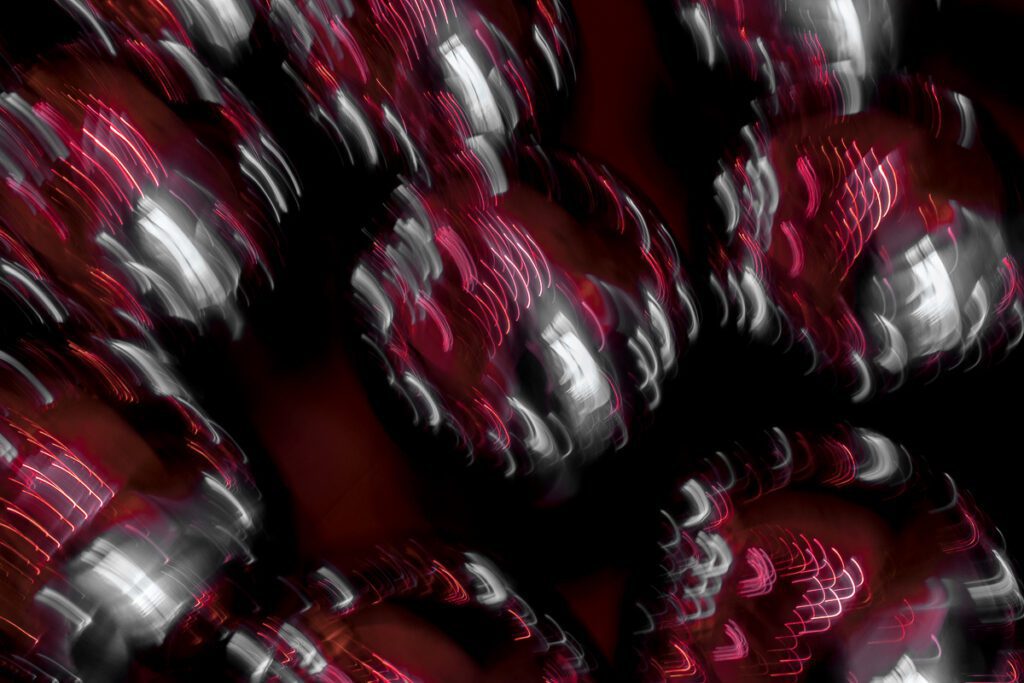Kusama and the Surrender Room
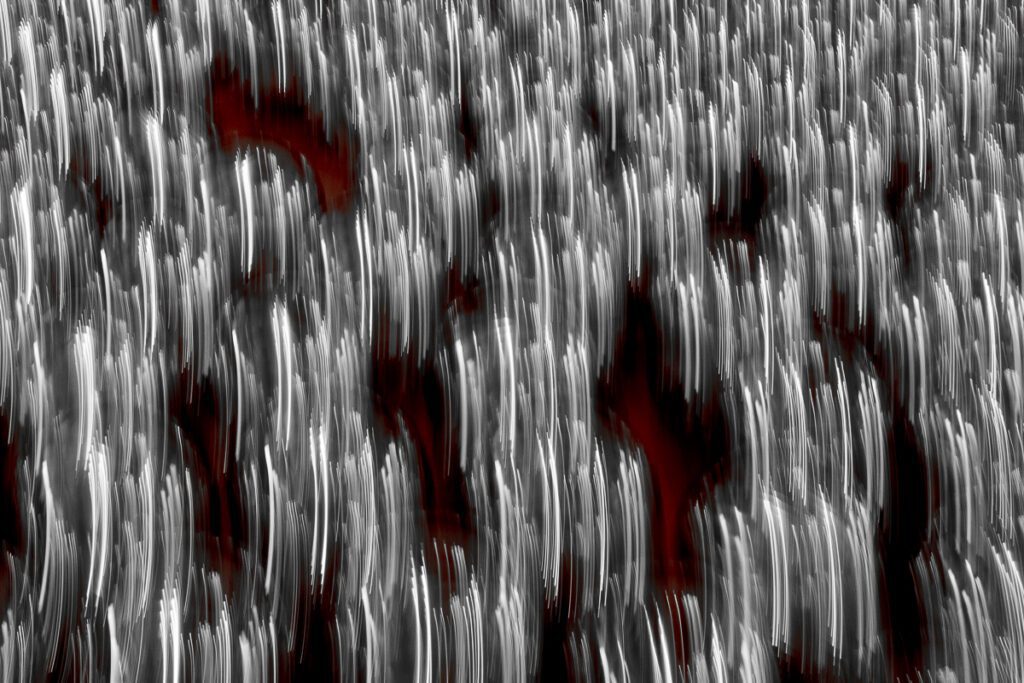
Some musings on the art of Yayoi Kusama.
Kusama repeatedly invites us to engage with her expressions of self and the contradictions of beauty. I can only presume that she will accept my thanks for this moment of selfish imposition into her ideas.
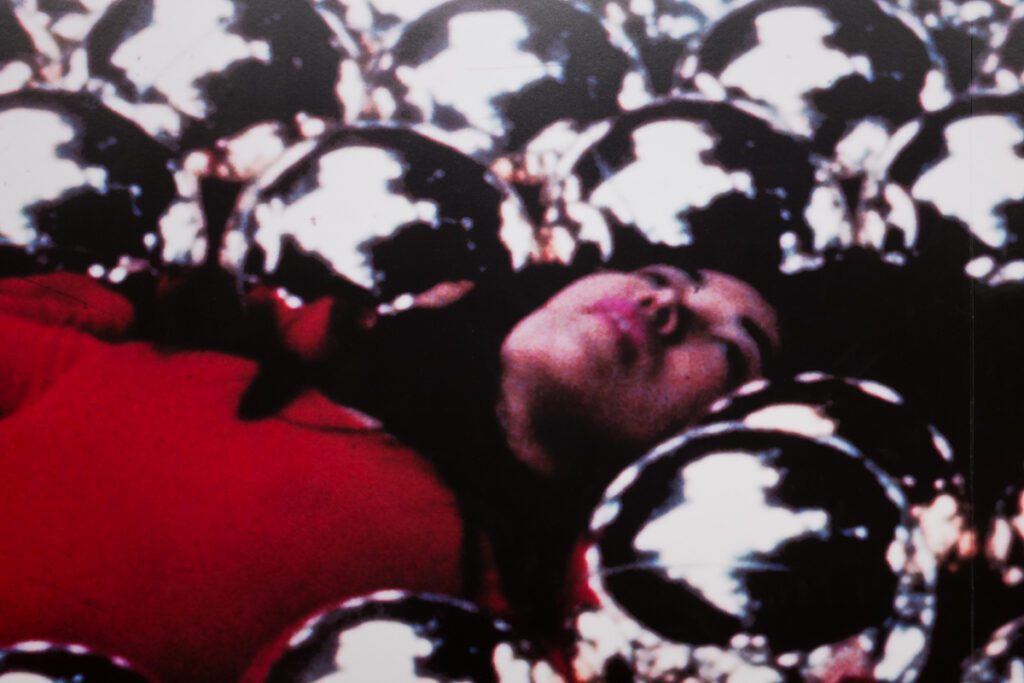
My continuing search for sacred spaces led me to the National Gallery of Singapore to view “Yayoi Kusama: Life is in the Heart of a Rainbow”. The building is a beautiful re-use of two iconic colonial structures – the former City Hall and the former Supreme Court. It is a very cosmopolitan and appropriate space to show the work of Japanese artist Yayoi Kusama.

There is a room in the Supreme Court wing in which the Japanese military surrendered to the Allied Forces in 1945. The room is charged with the strength and solidity of classic architecture, the power of the victor, and within that, the silence of subservience. It is called The Surrender Room.
In this space, so infused with the tensions of history, the curator (Russell Storer) has chosen to place 1500 shimmering silver balls called the Narcissus Garden. It is a reinstallation of Kusama’s 1966 entry at the Venice Biennale, an artwork that is infinitely reflective, in which everything – the room, the visitors, and, I would argue, the history – is projected back at the viewer, repeated thousands of times in distorted, strange versions of reality.
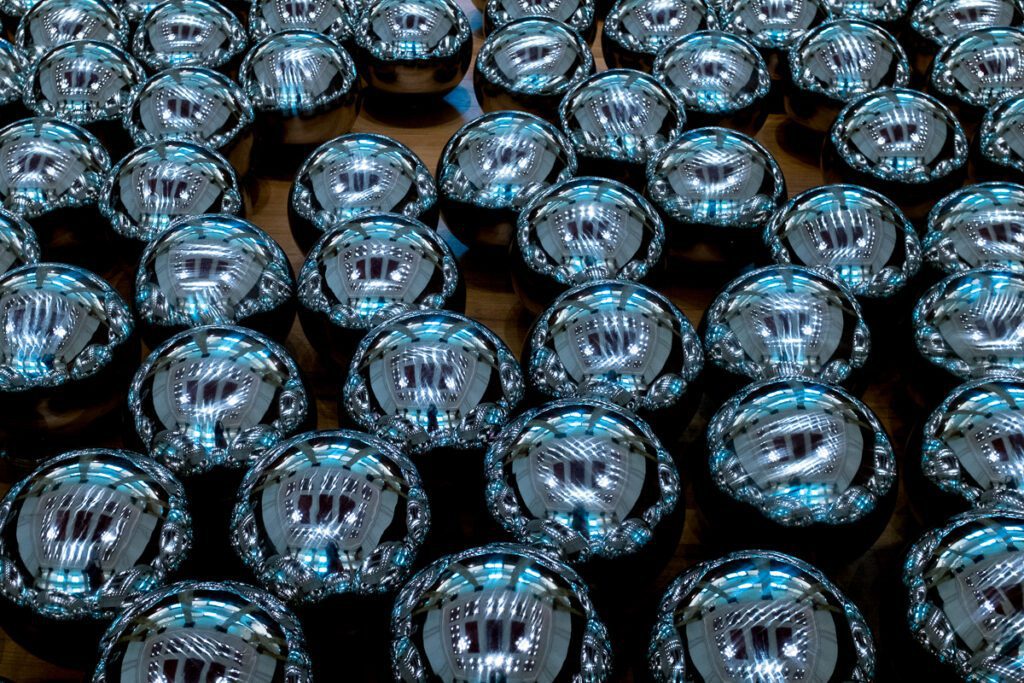
In this space, Kusama’s work demands that we gaze directly into our wars, with and within ourselves. Any contemplation of history includes us, willingly or not. Even in abstraction, in creation and re-creation, we are present.
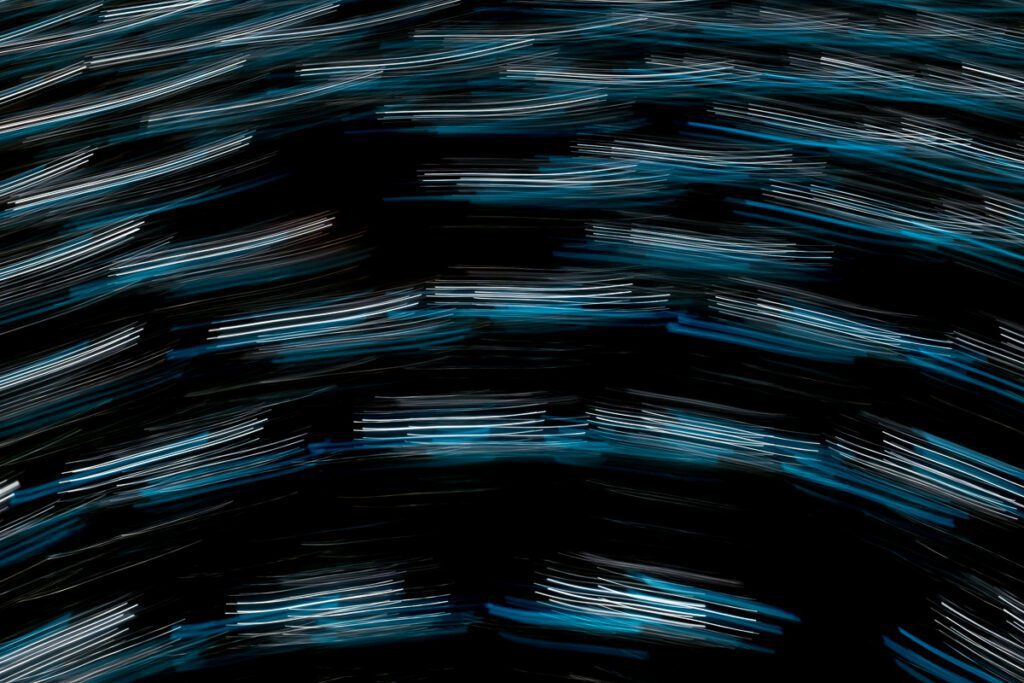
In this Surrender Room, some succumbed, some celebrated; no one was without loss. In this space where we so acutely sense the past, Kusama offers to predict our future. We gaze right into it.
